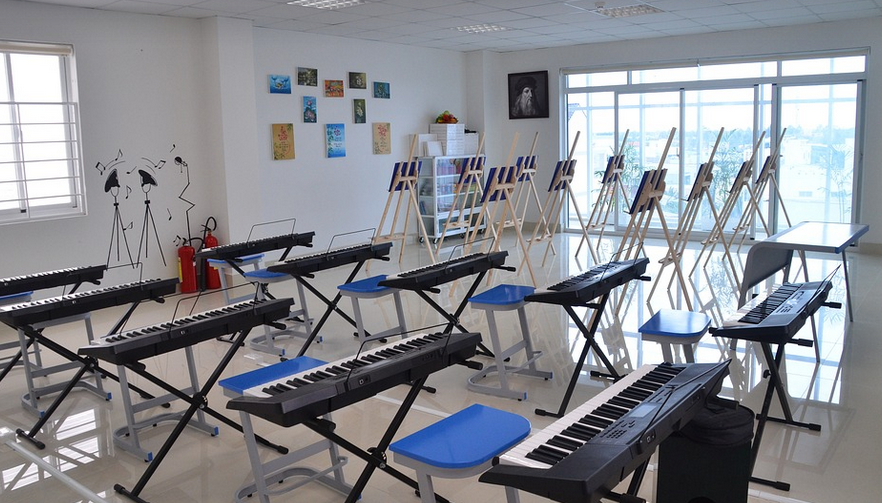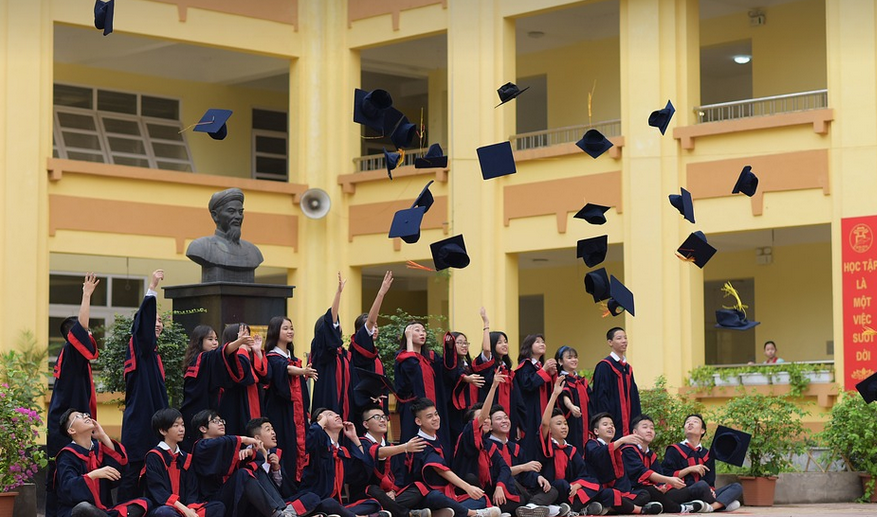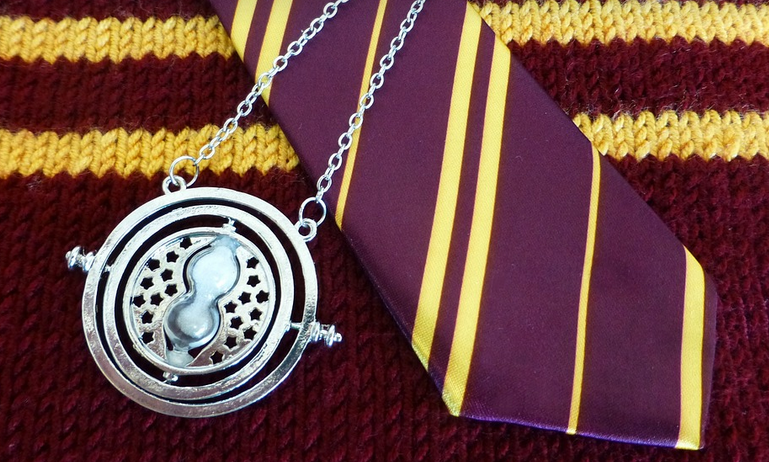
What is Combined Arms Training?
Combined arms training (CAT) isn’t just another buzzword in the military world; it’s a vital strategy that underpins success in modern conflicts. Imagine a battlefield where soldiers, from tanks to infantry to air support, work together seamlessly. That’s the essence of CAT – combining different branches of military force into cohesive units for optimal effect. It’s not just about coordinating firepower; it’s about understanding the strengths and weaknesses of each element and leveraging them in a way that maximizes results.
The Pillars of Combined Arms: Understanding the Building Blocks
Think of CAT as a symphony conducted by a skilled maestro. To create an effective performance, all instruments must play their part. Here are some key components that make up this intricate ensemble:
**1. Army Units:** This is your core force – infantrymen, tankers, artillery units—all working together to secure objectives.
**2. Air Support:** Helicopters, reconnaissance aircraft, and fighter jets offer a strategic advantage by providing air superiority and targeting key enemy positions. This element can be the difference between success and failure.
**3. Naval Power:** Ships can provide critical support in various ways: transporting troops and supplies, protecting naval assets from attacks, and even launching airstrikes or engaging in direct combat. They often act as a bridge between land and sea operations.
**4. Intelligence and Information Warfare:** This element is often overlooked but incredibly crucial. Gathering vital information about the enemy’s tactics, movements, and vulnerabilities via satellites, drones, and human intelligence plays a critical role in shaping successful battles.
**5. Logistics: ** Imagine the battlefield as a complex machine with countless moving parts. Logistics ensures that all these parts operate smoothly – from providing fuel and ammo to delivering supplies and maintaining weapon systems. This element is crucial for sustained operations in conflict zones.
Why Combined Arms Training Matters in 2024
The world landscape has changed dramatically, posing new challenges for militaries worldwide.
**1. Globalized Conflicts:** Modern wars aren’t fought solely within borders anymore; they often involve intricate networks of alliances and proxy conflicts. CAT ensures military forces can react effectively to these challenges across a range of geopolitical landscapes.
**2. Asymmetric Warfare:** The battlefield is no longer just about conventional armies. Modern warfare involves non-state actors, guerilla tactics, and technological advancements, making CAT essential for confronting complex threats.
**3. Emphasis on Innovation & Technology:** CAT training needs to adapt alongside the rapid advancement of technologies such as AI, robotics, and cyber warfare. Modern forces must be trained to leverage these tools effectively in combat situations.
The Future of Combined Arms Training
The future of CAT is bright! It’s not just about adapting traditional tactics; it’s about embracing new technologies and innovative approaches.
**1. Virtual Reality:** Training soldiers through immersive virtual environments can provide a realistic simulation of combat scenarios, allowing for practice in complex situations without physical risk. This technology allows for quicker learning and more efficient use of valuable time.
**2. Artificial Intelligence:** AI plays a key role in CAT training by providing data-driven insights into enemy movements and battle trends. This helps soldiers make better decisions during simulations, increasing the effectiveness and efficiency of training programs.
**3. Collaborative Training Exercises:** CAT requires effective teamwork between different military branches. Modern warfare demands a unified front. Involving multiple elements from different units in collaborative exercises will help improve communication and coordination, which are crucial for success on the battlefield.





